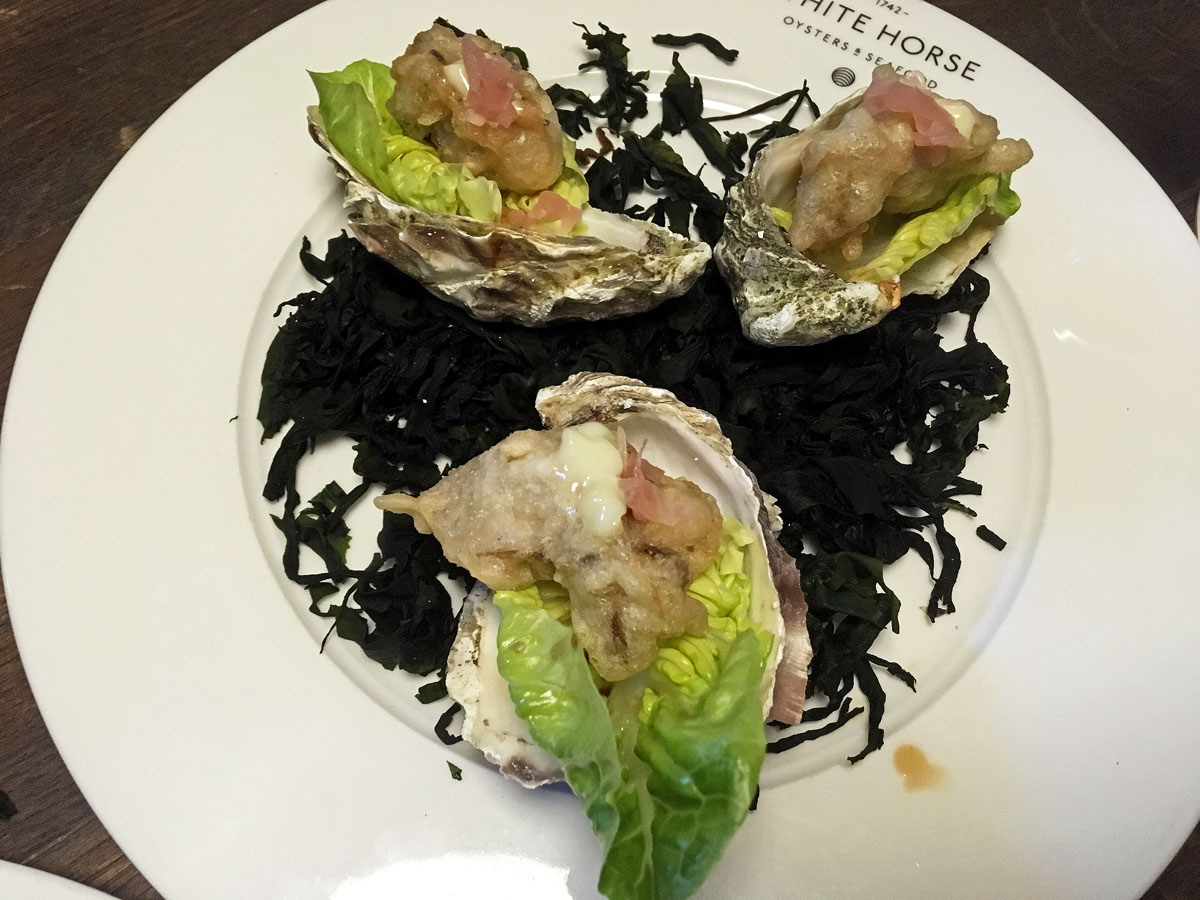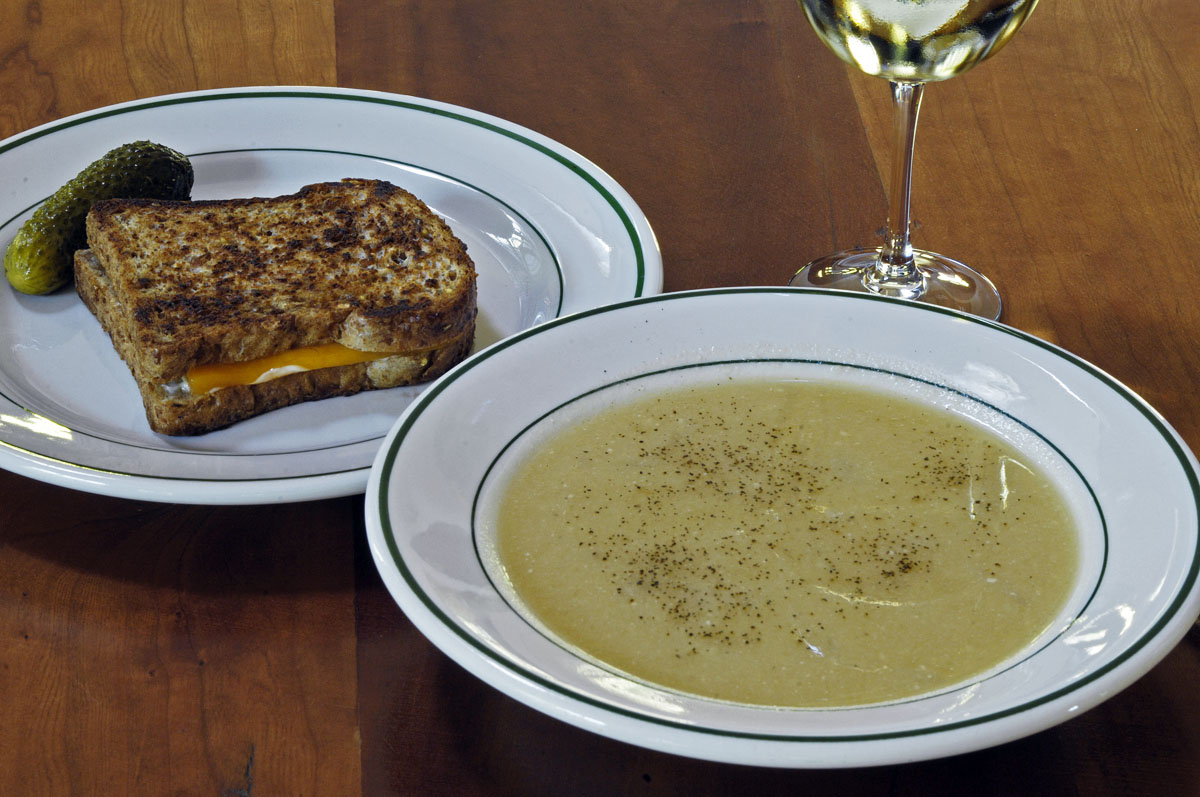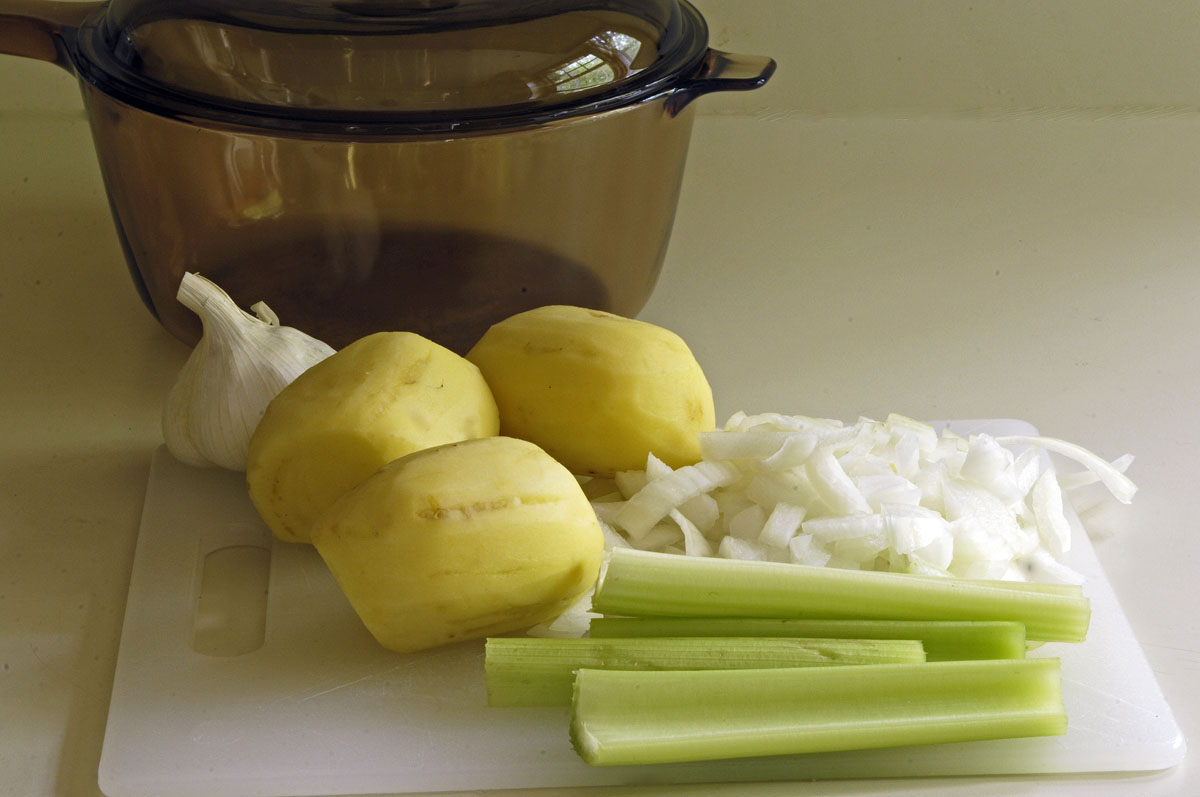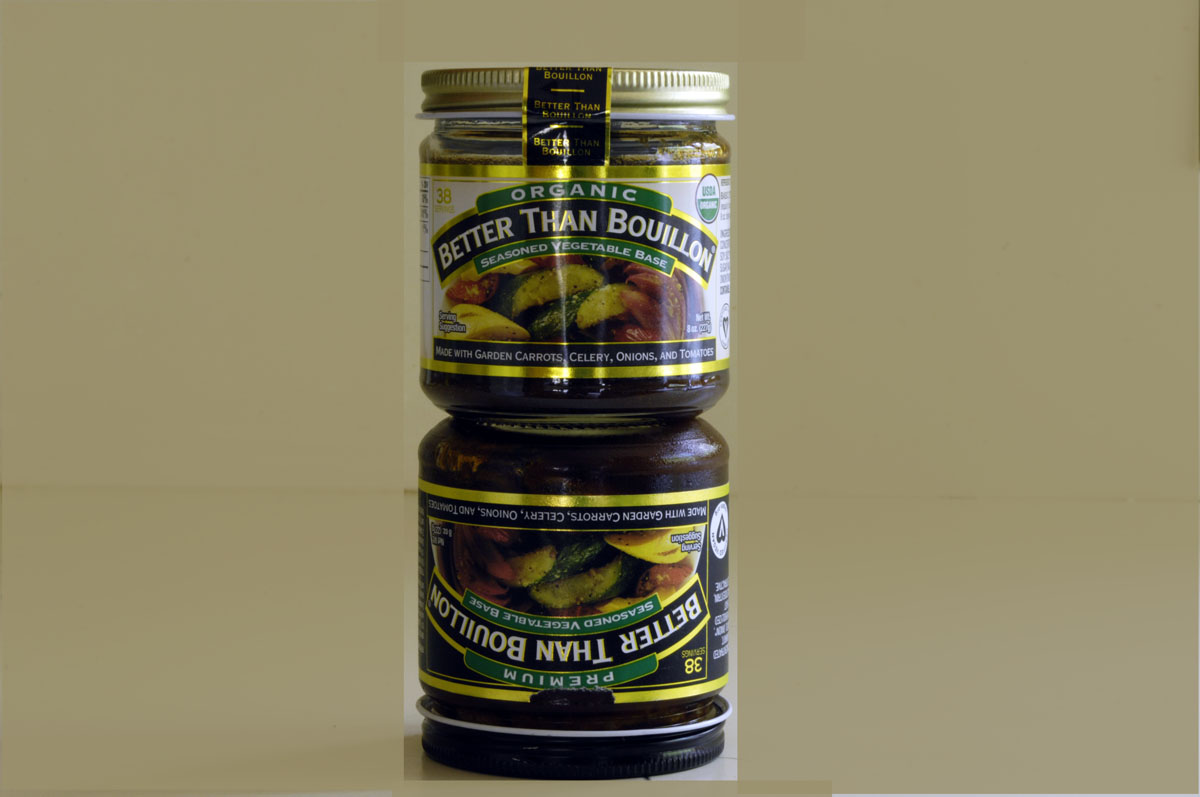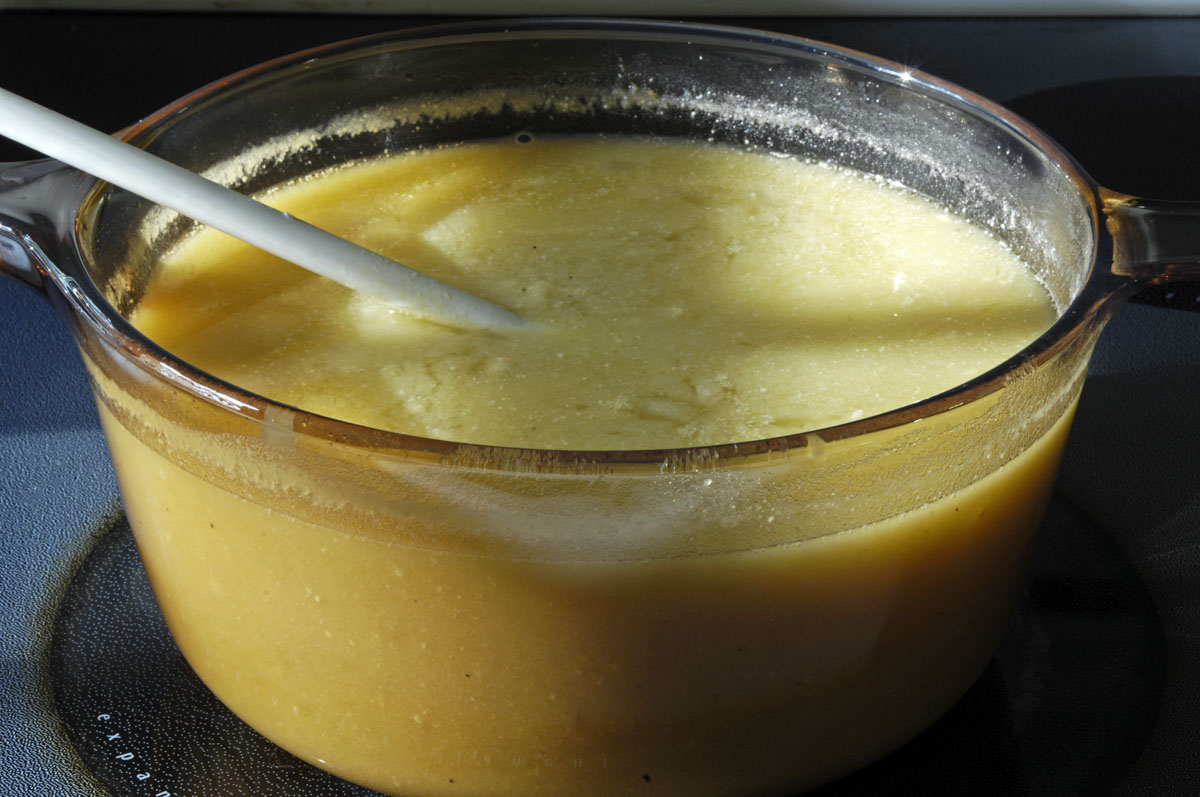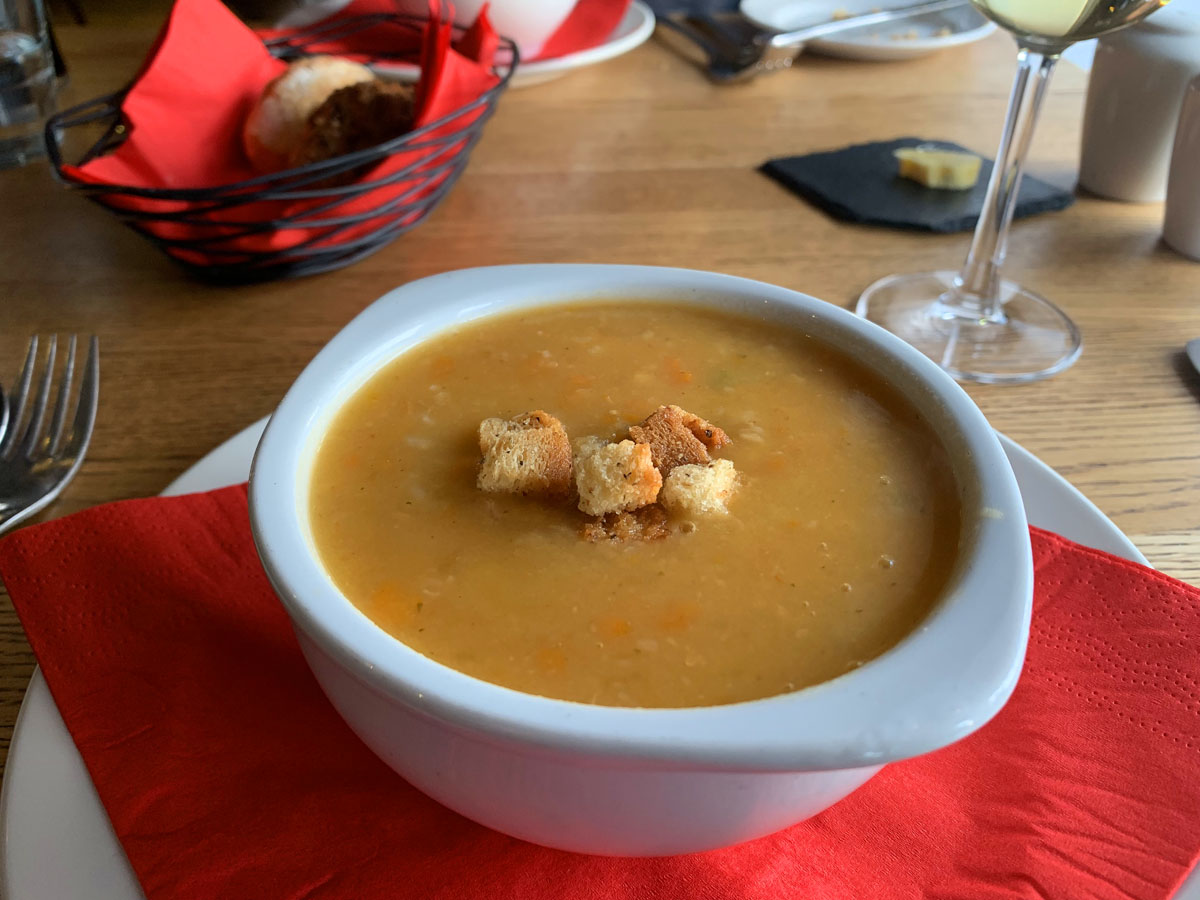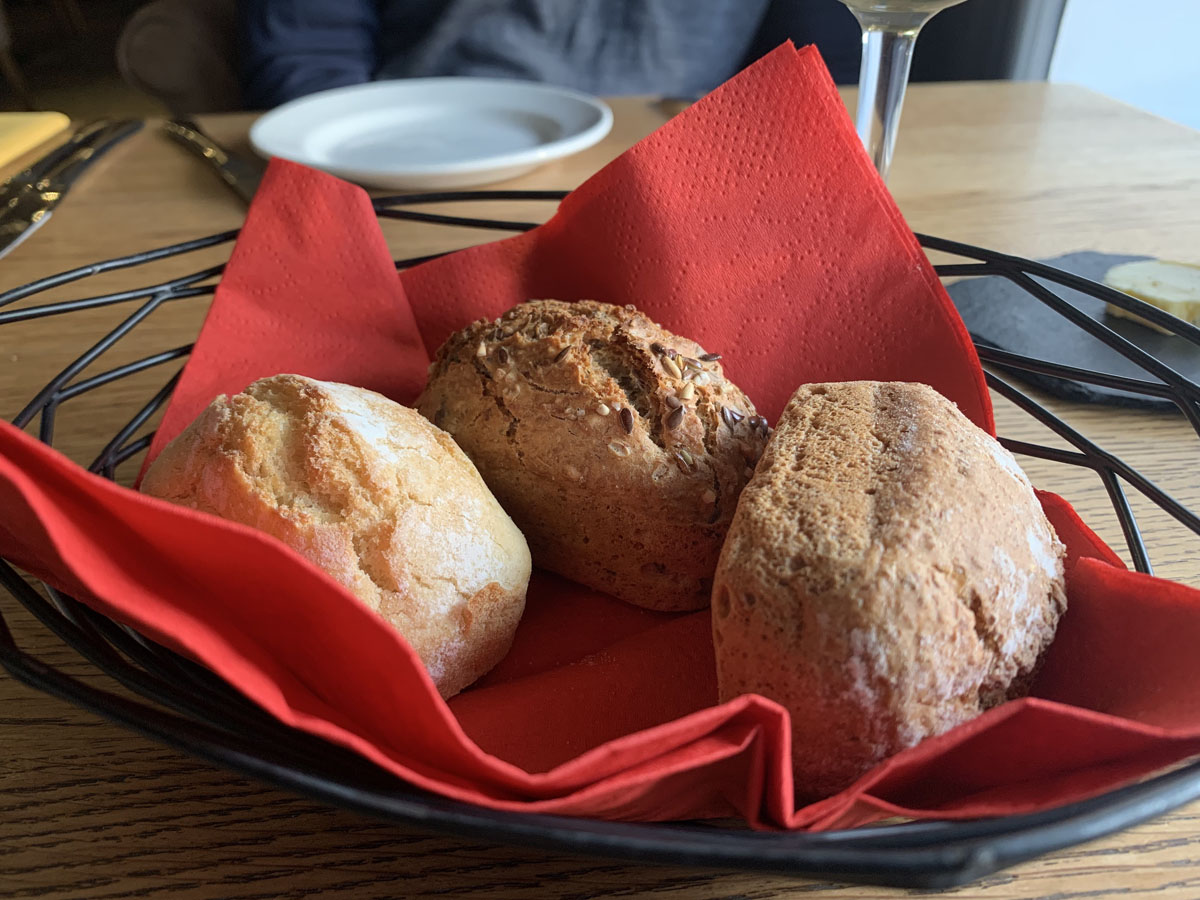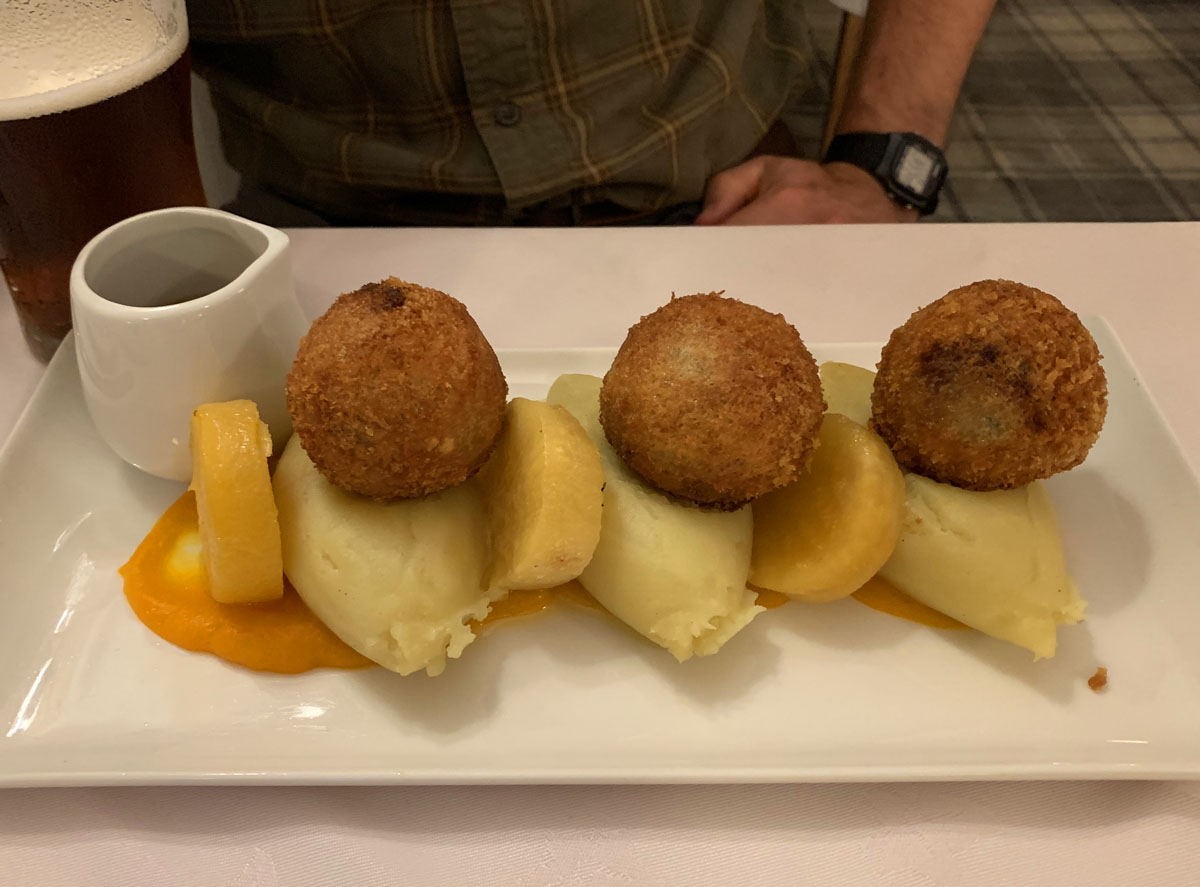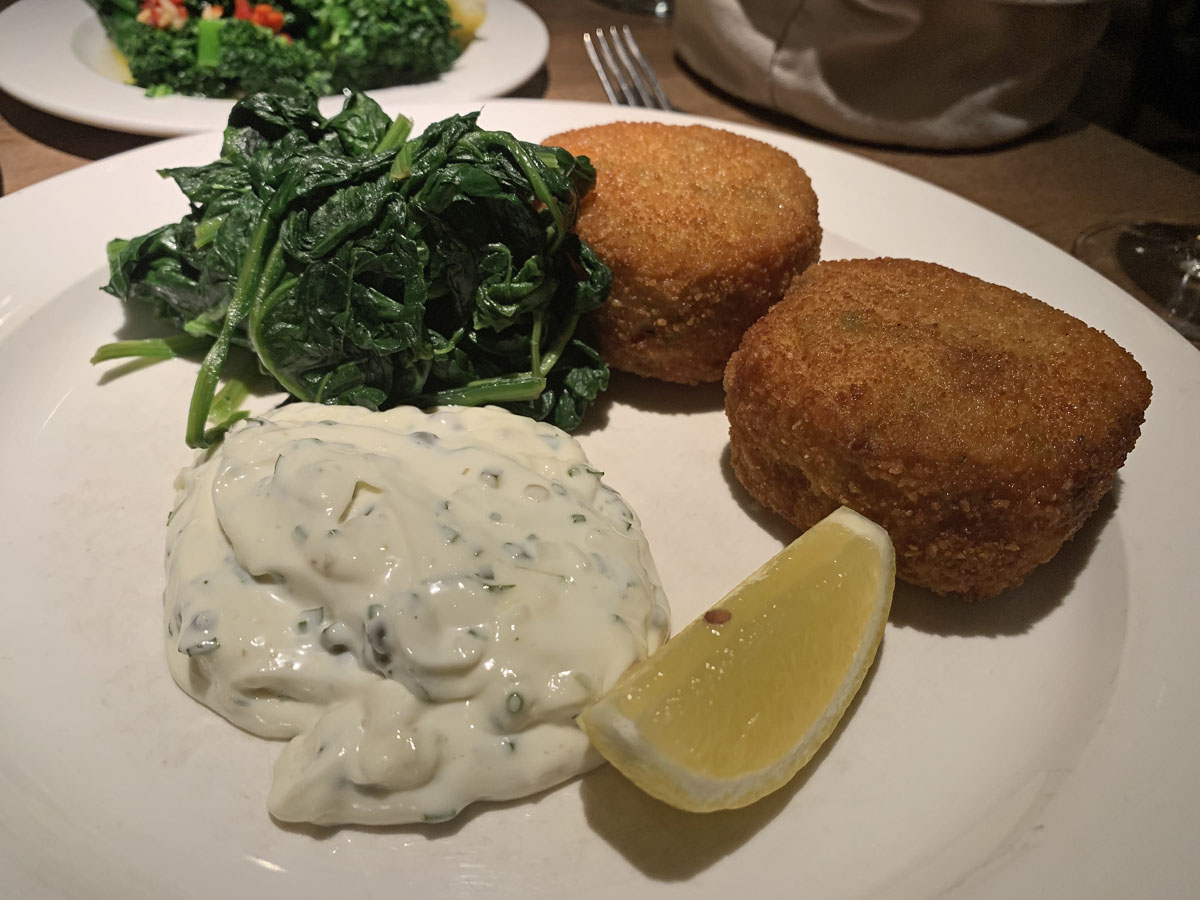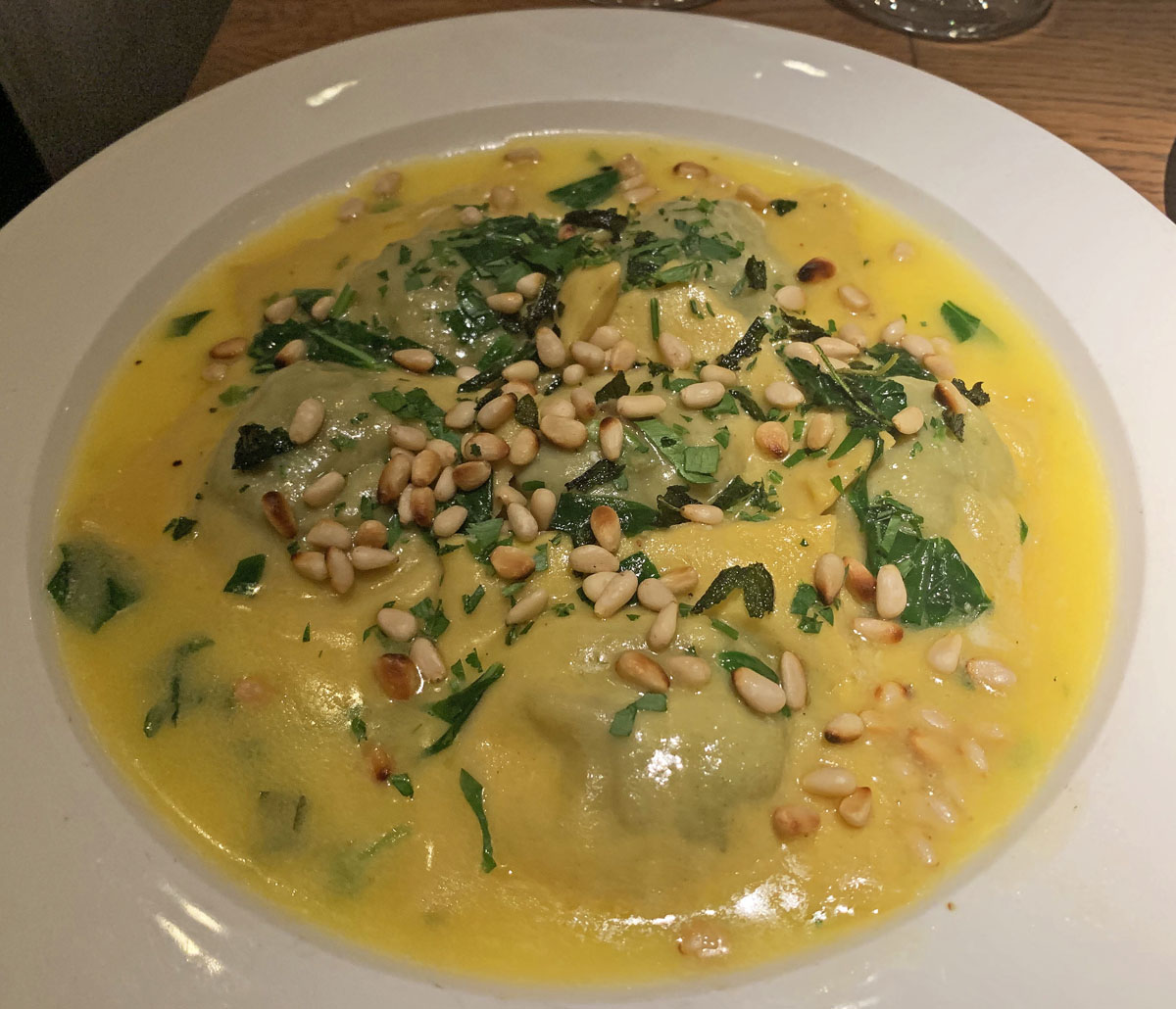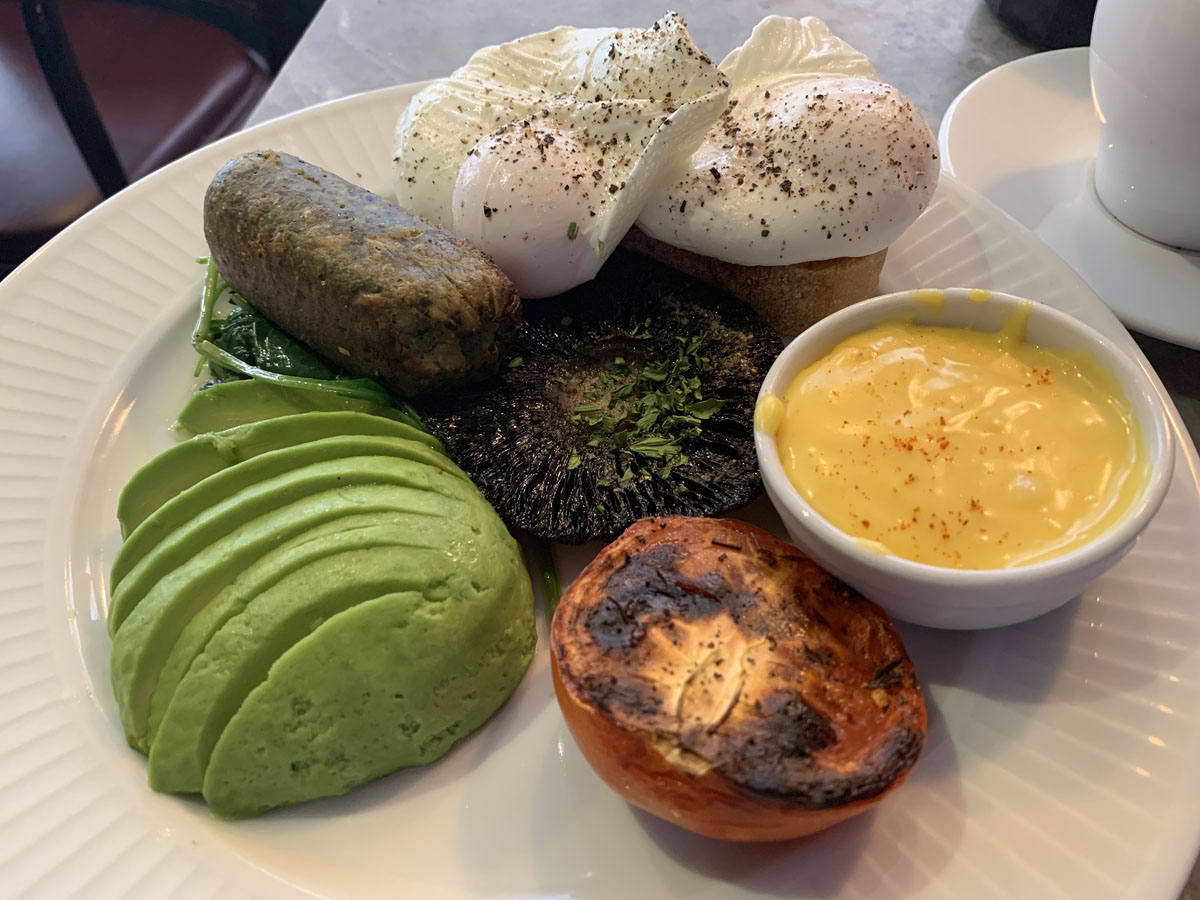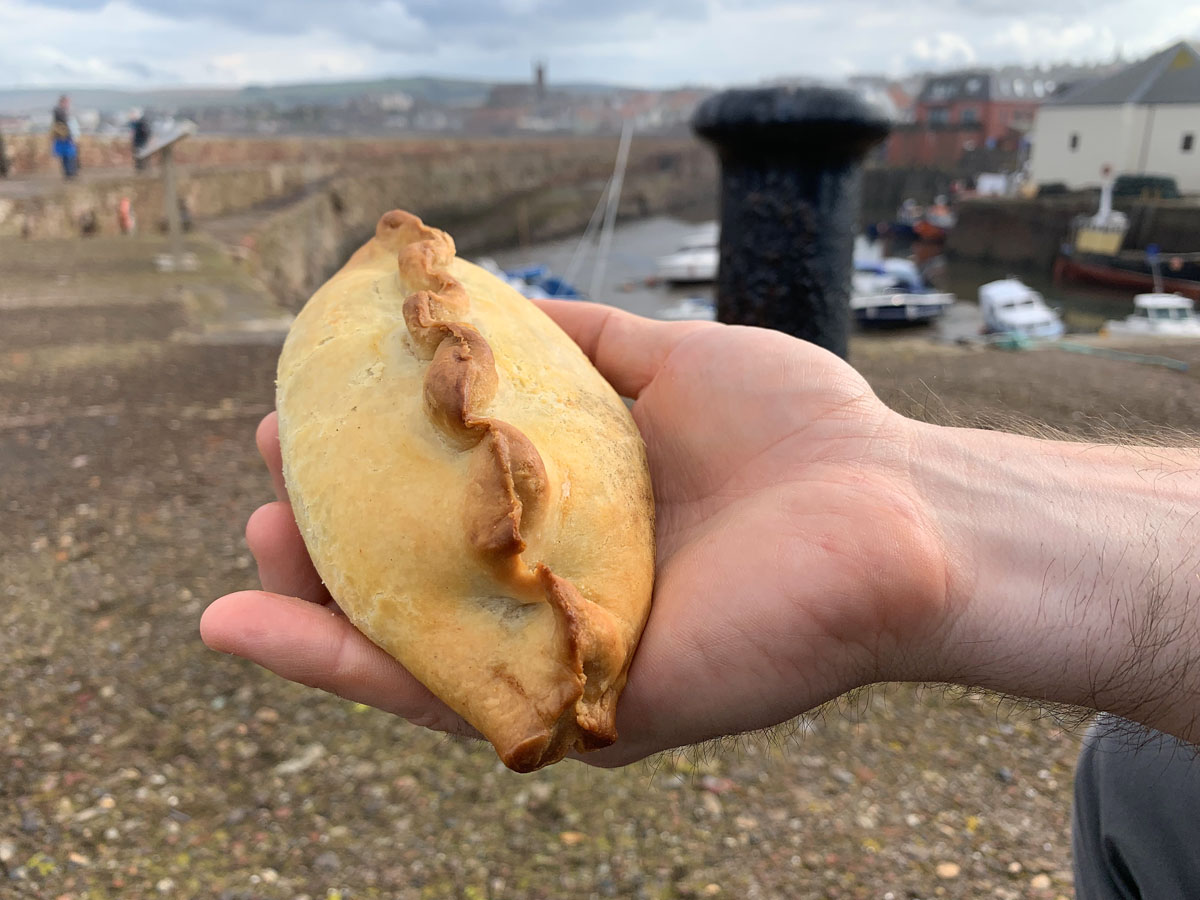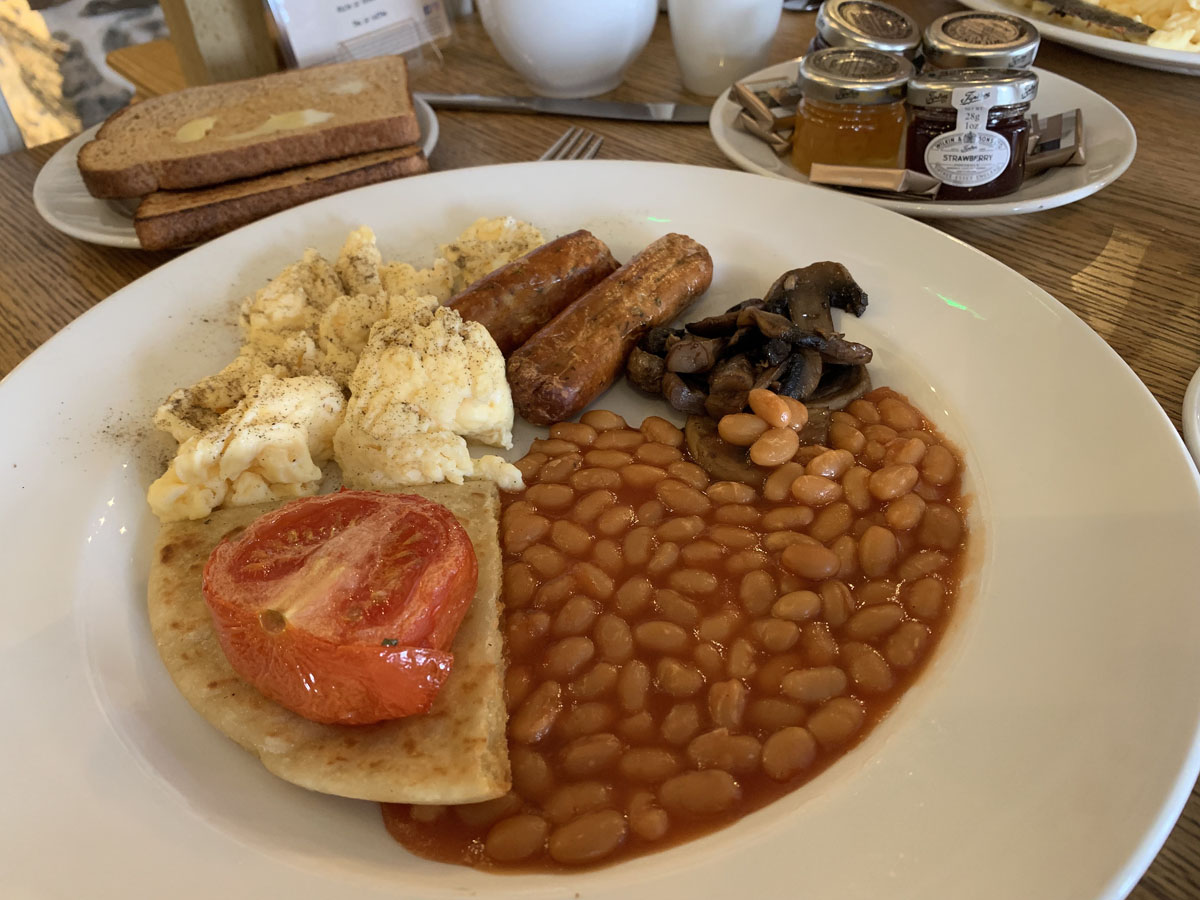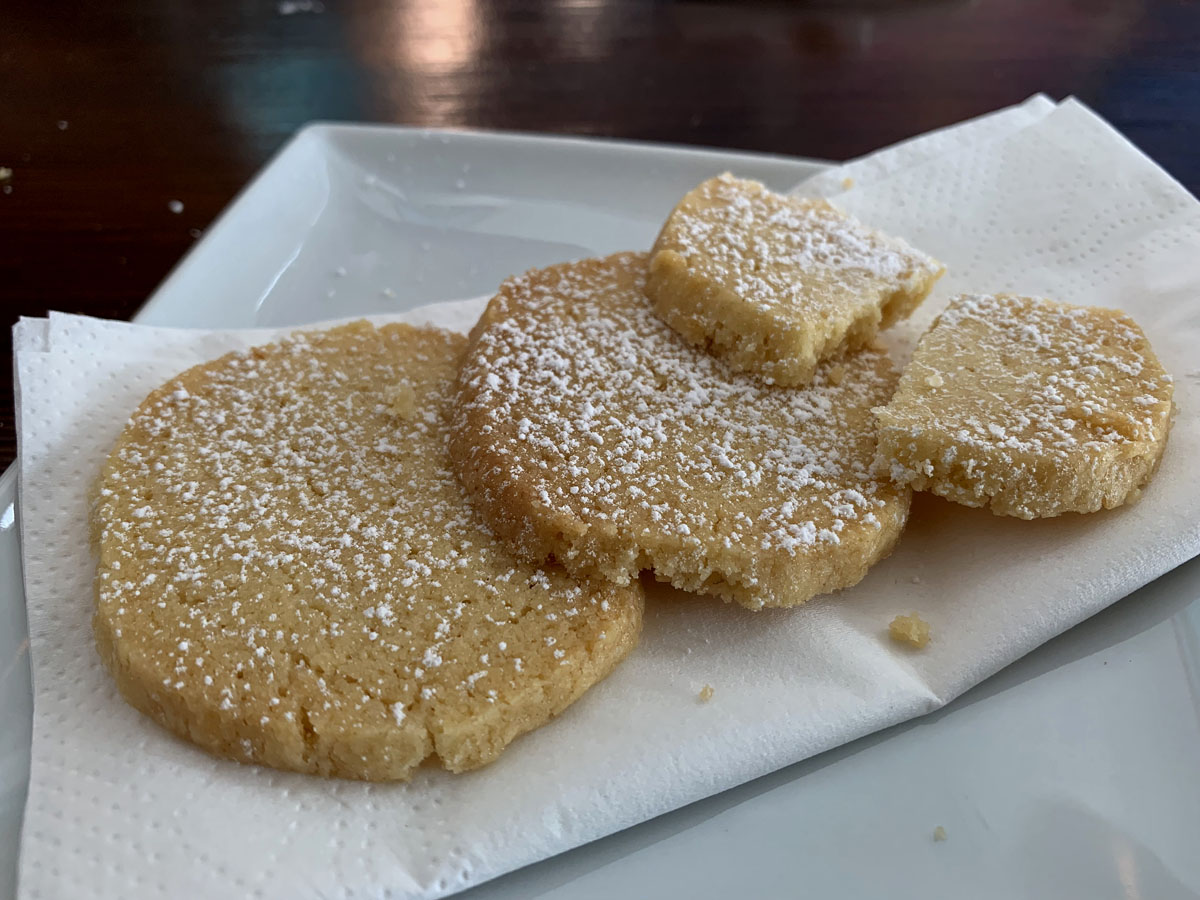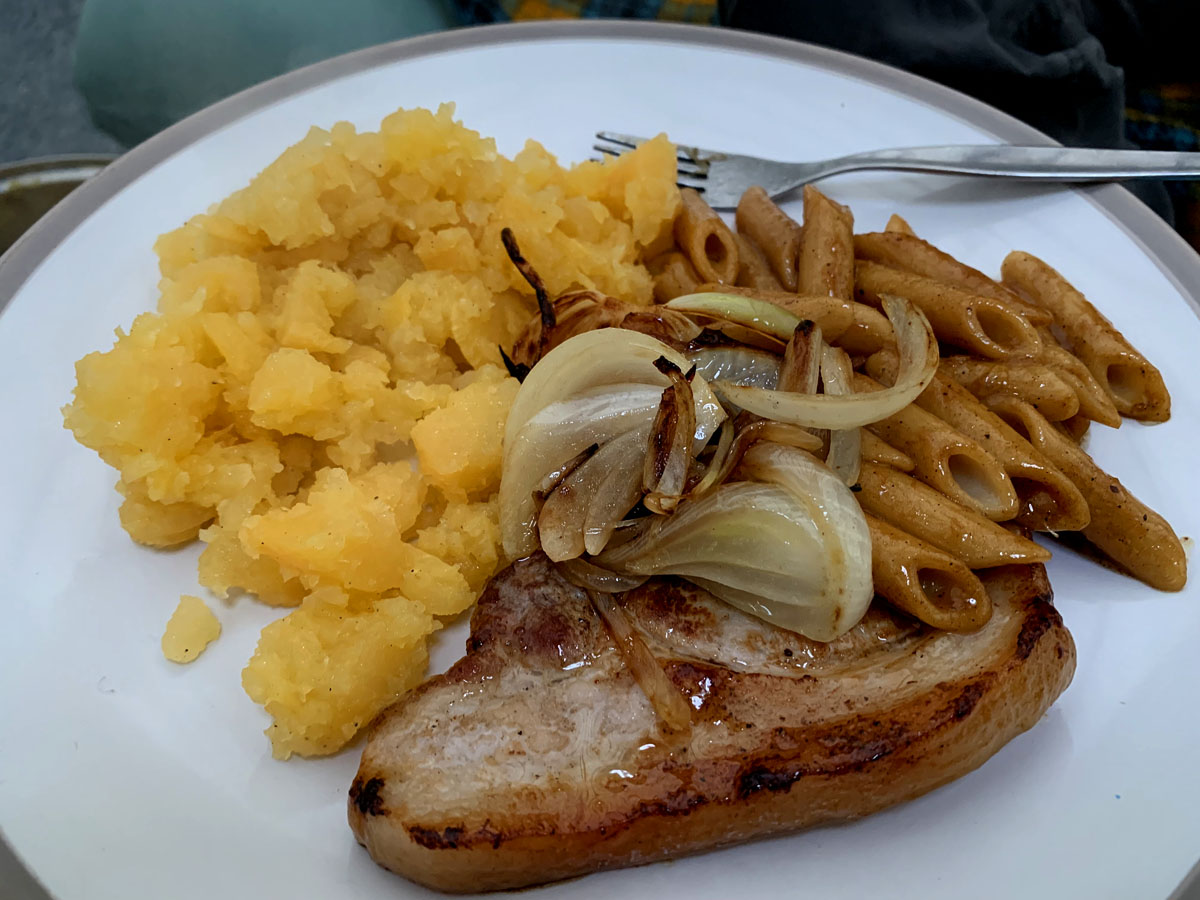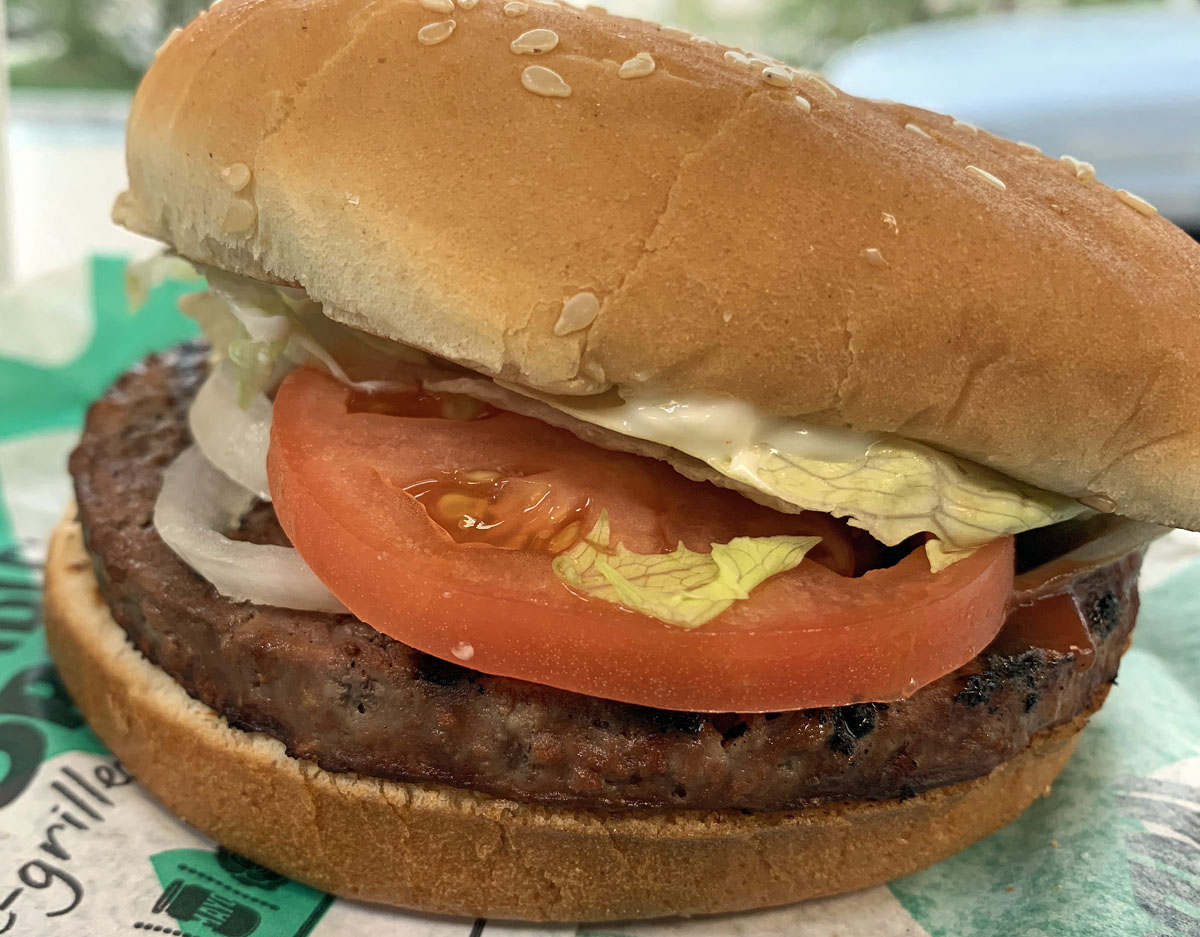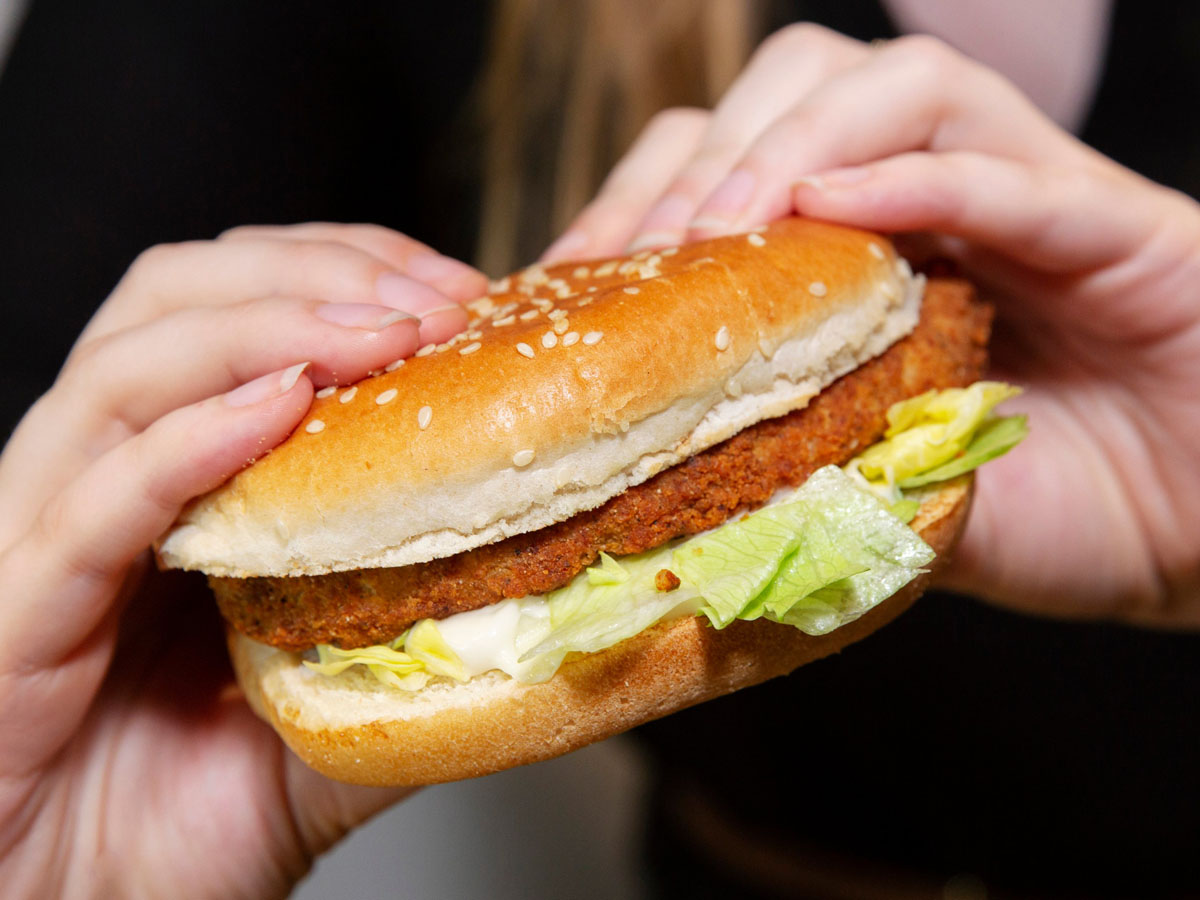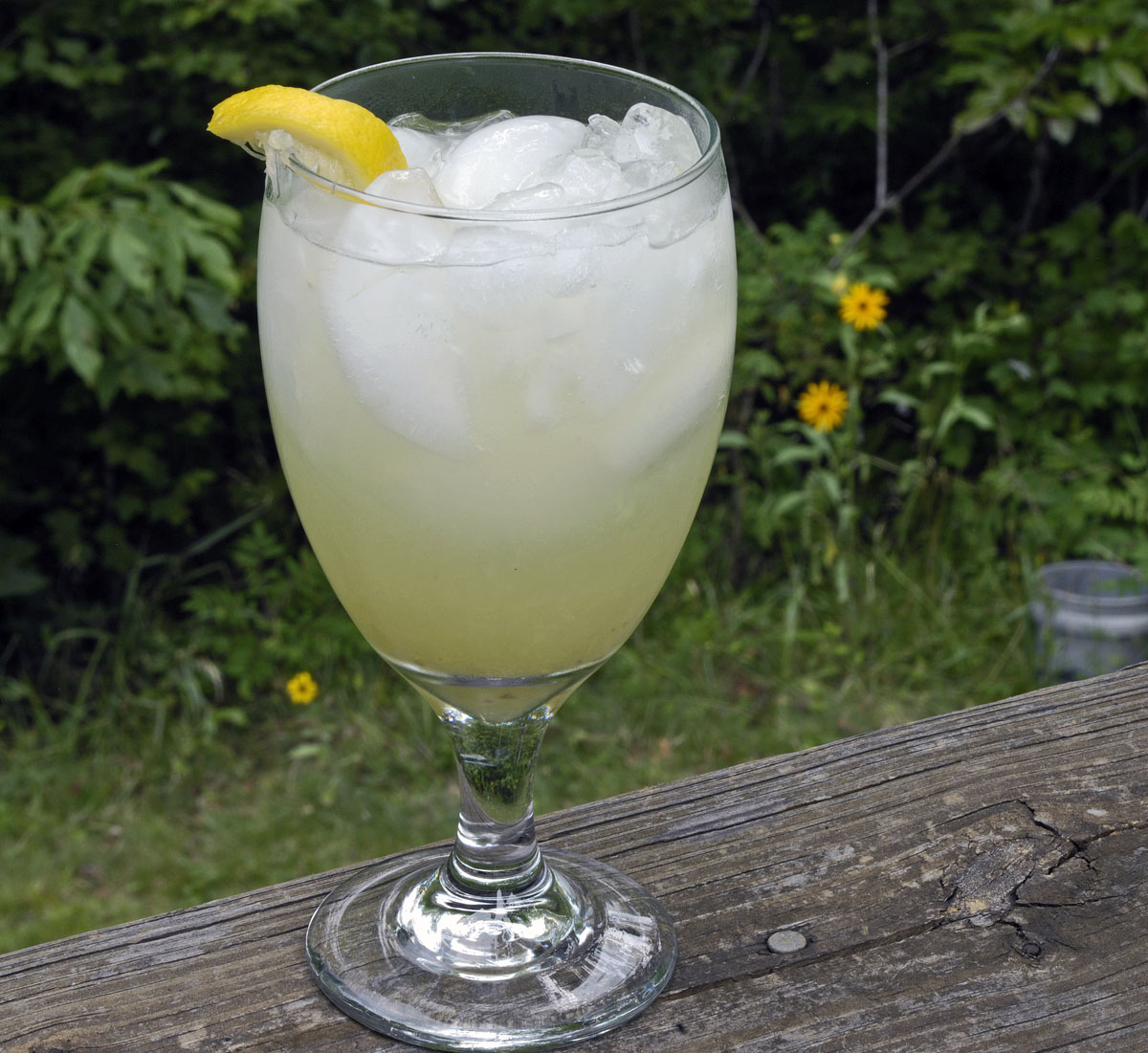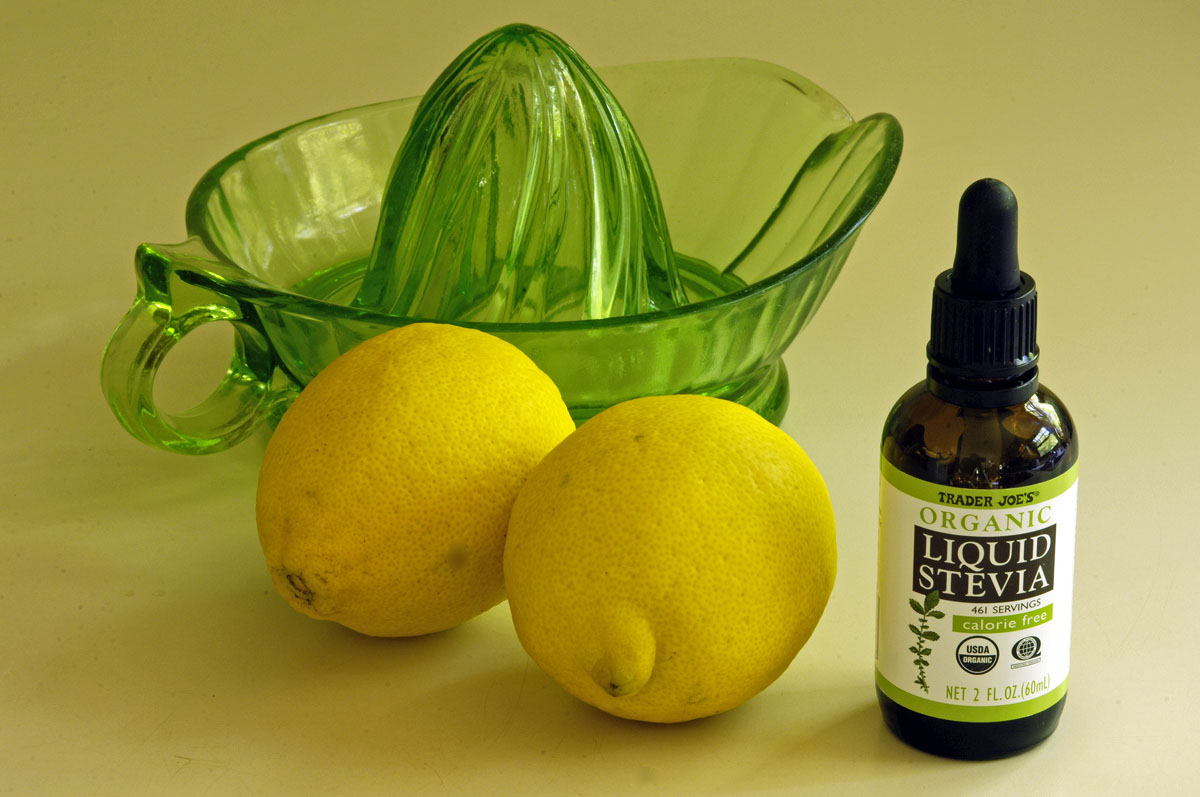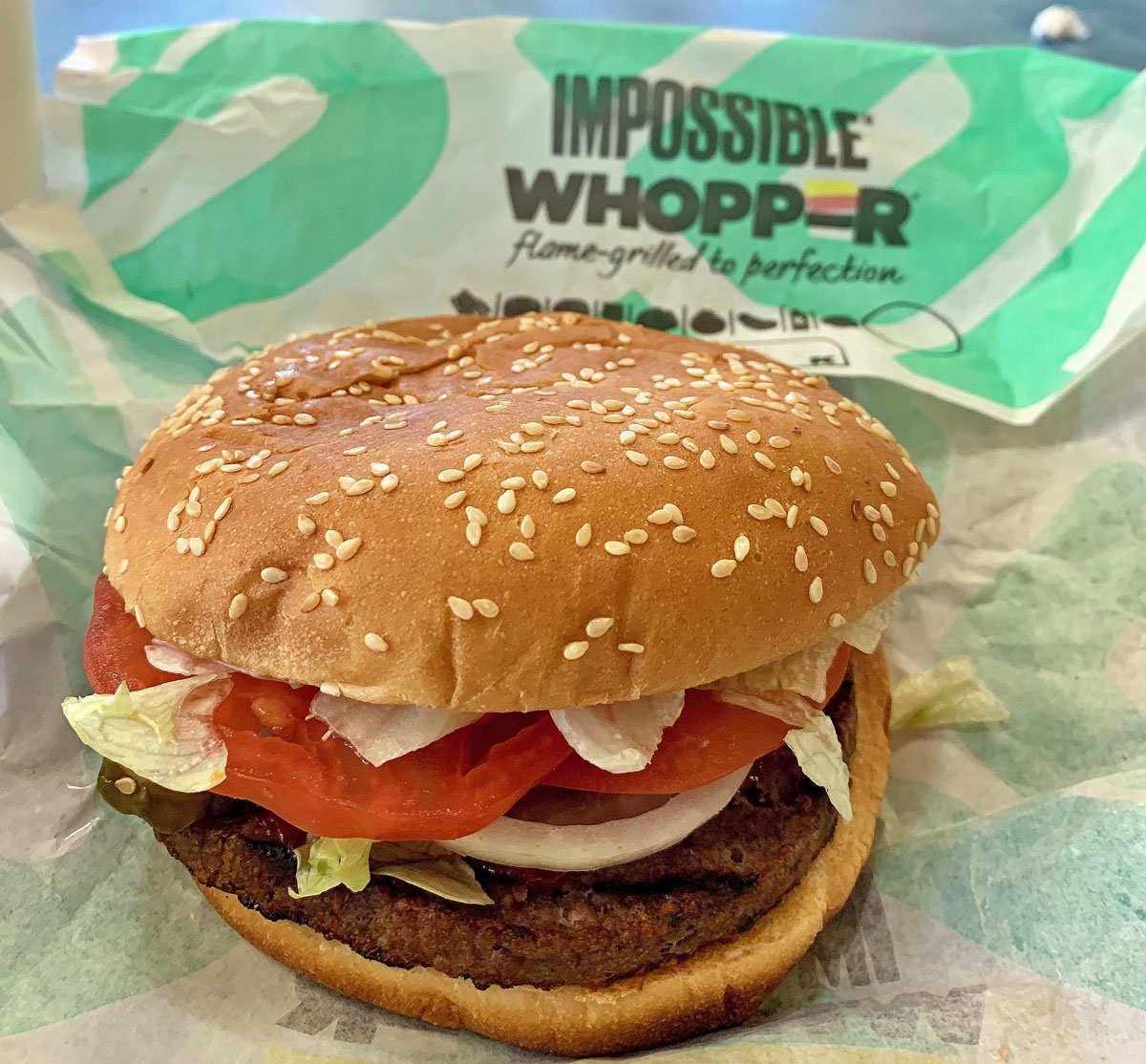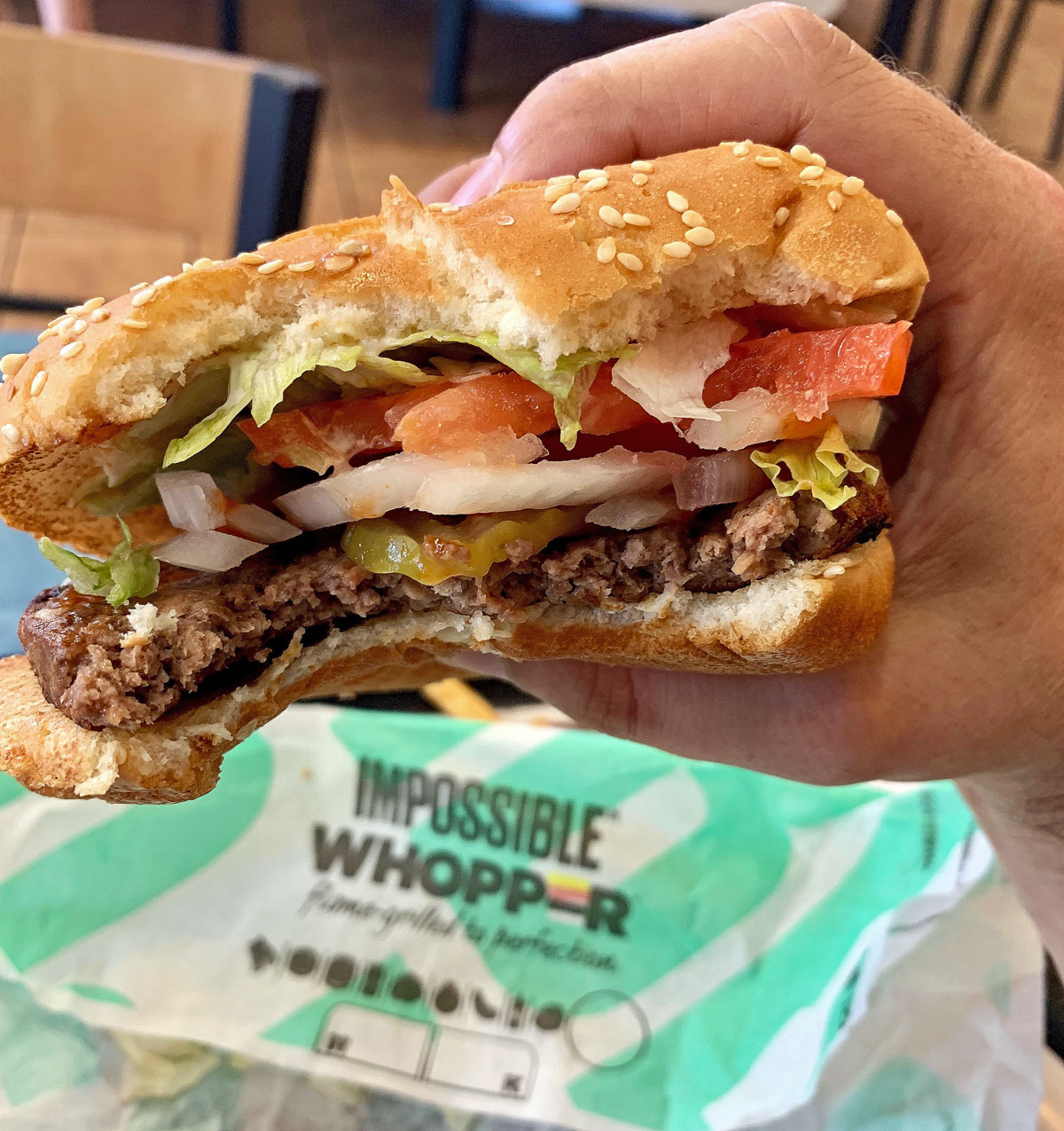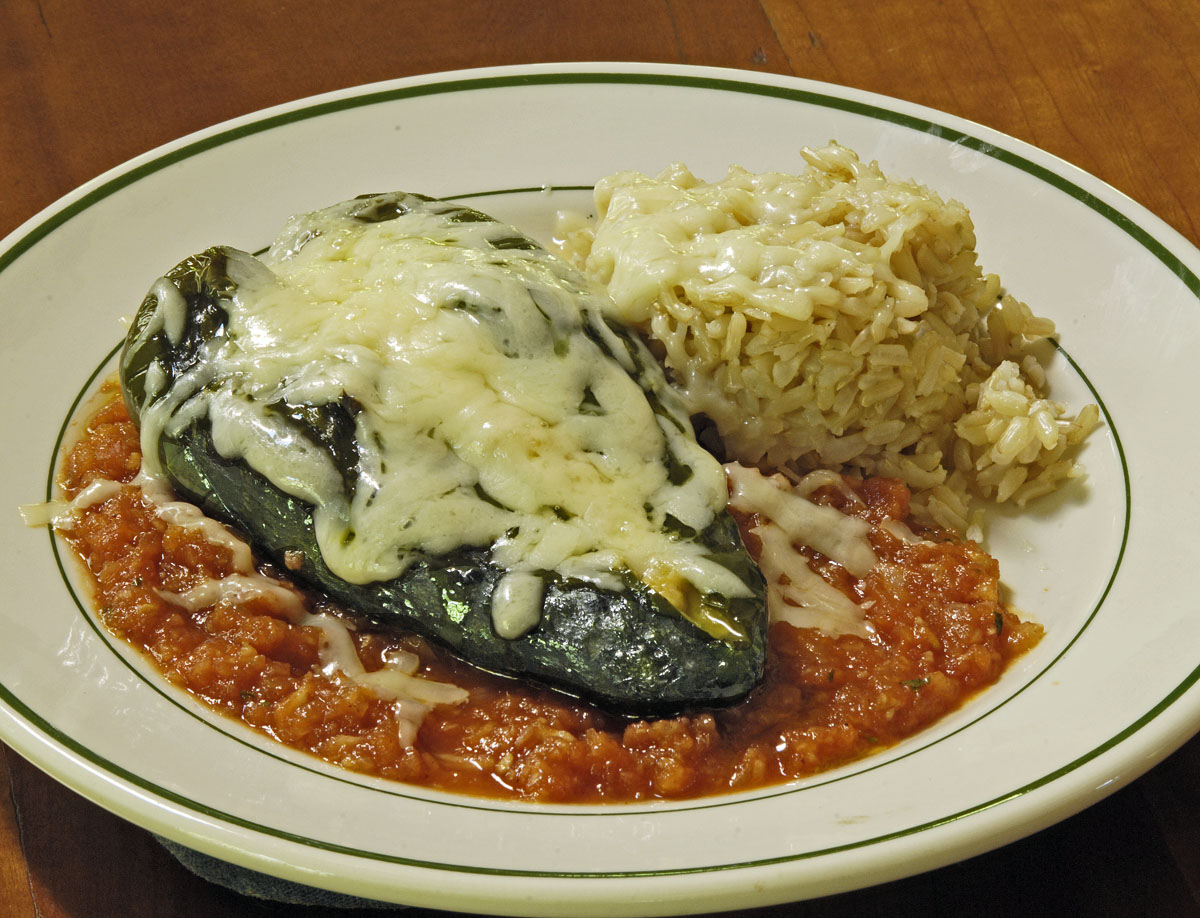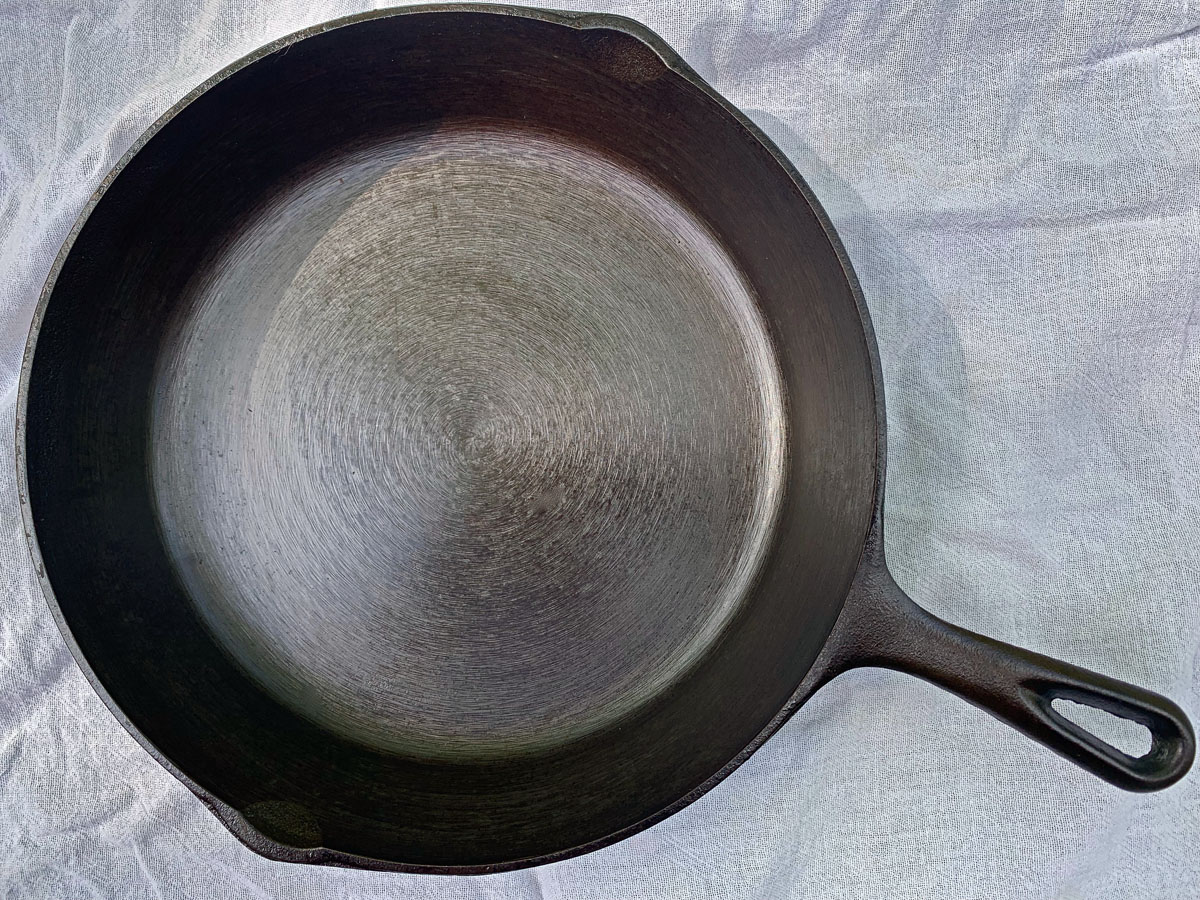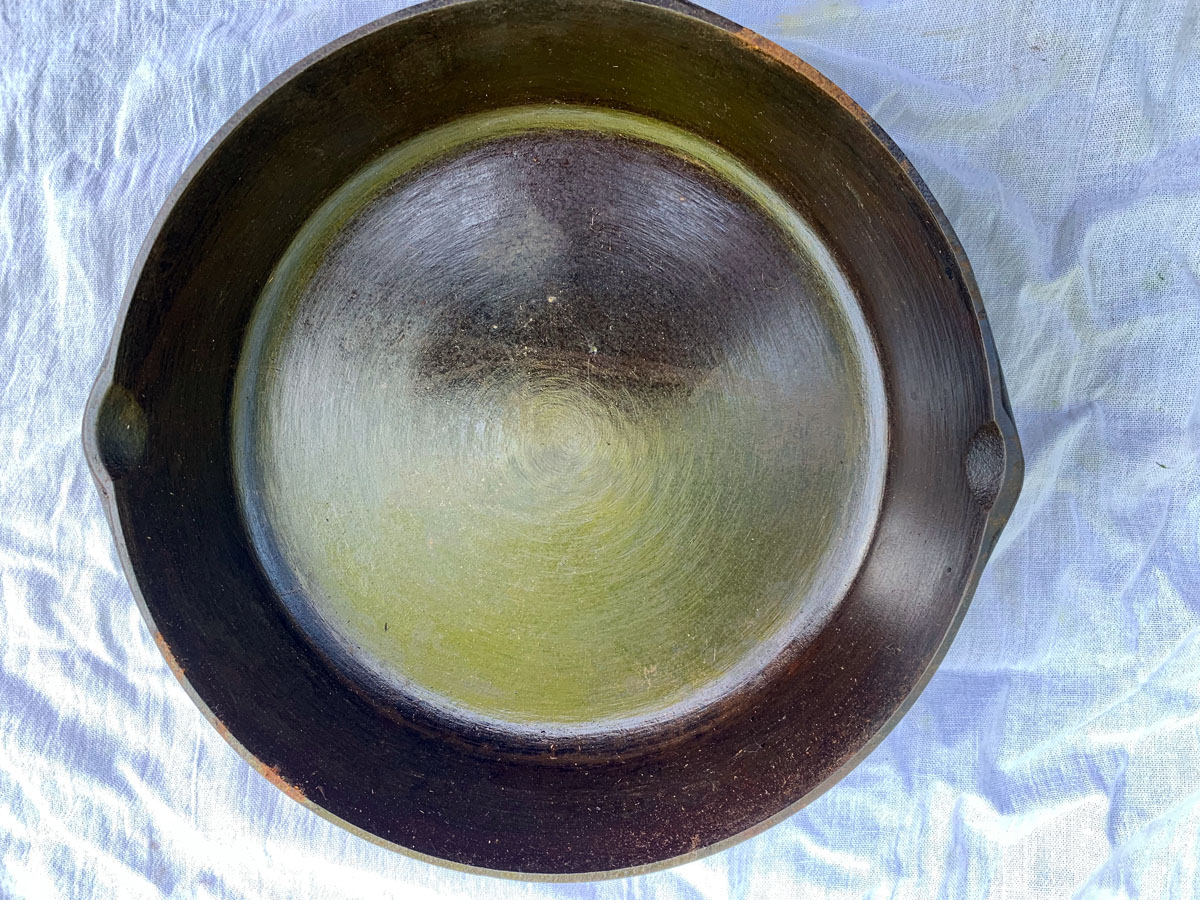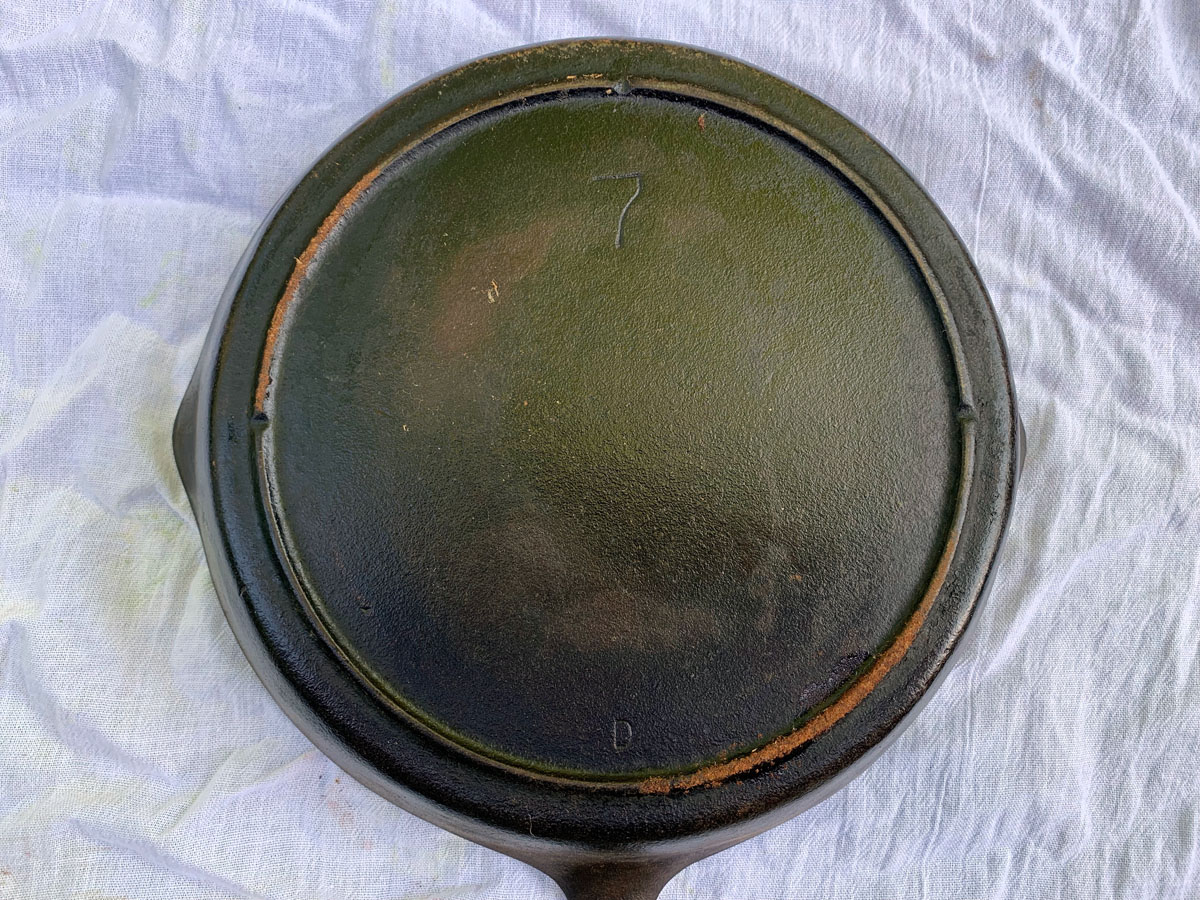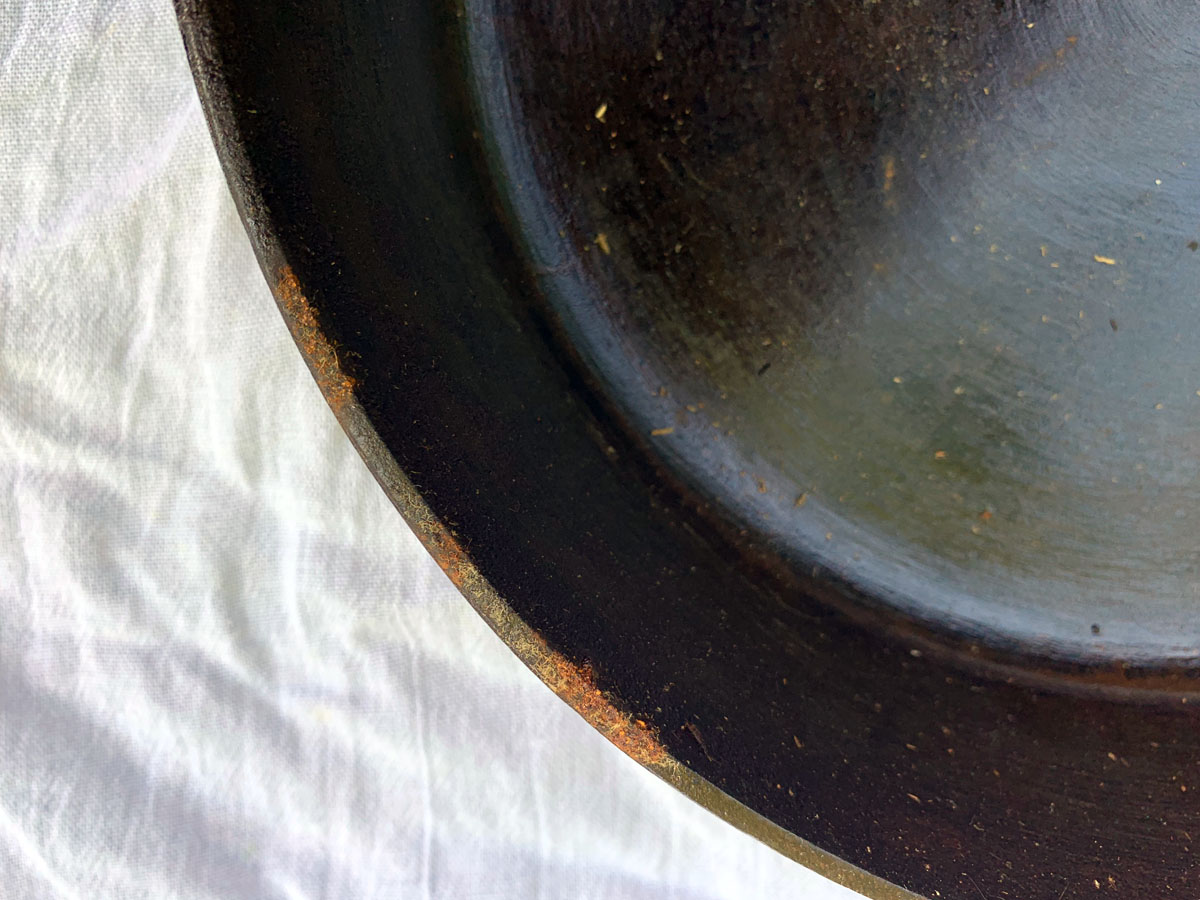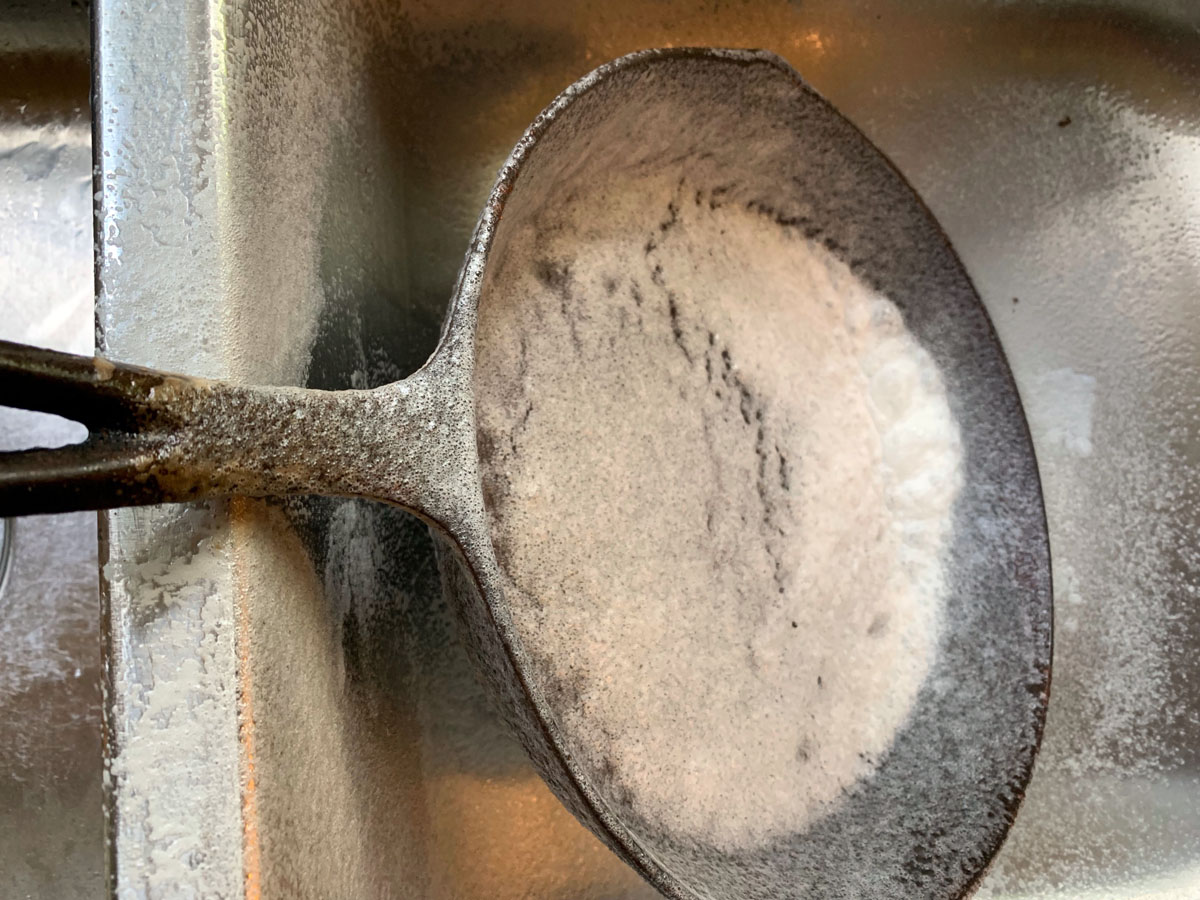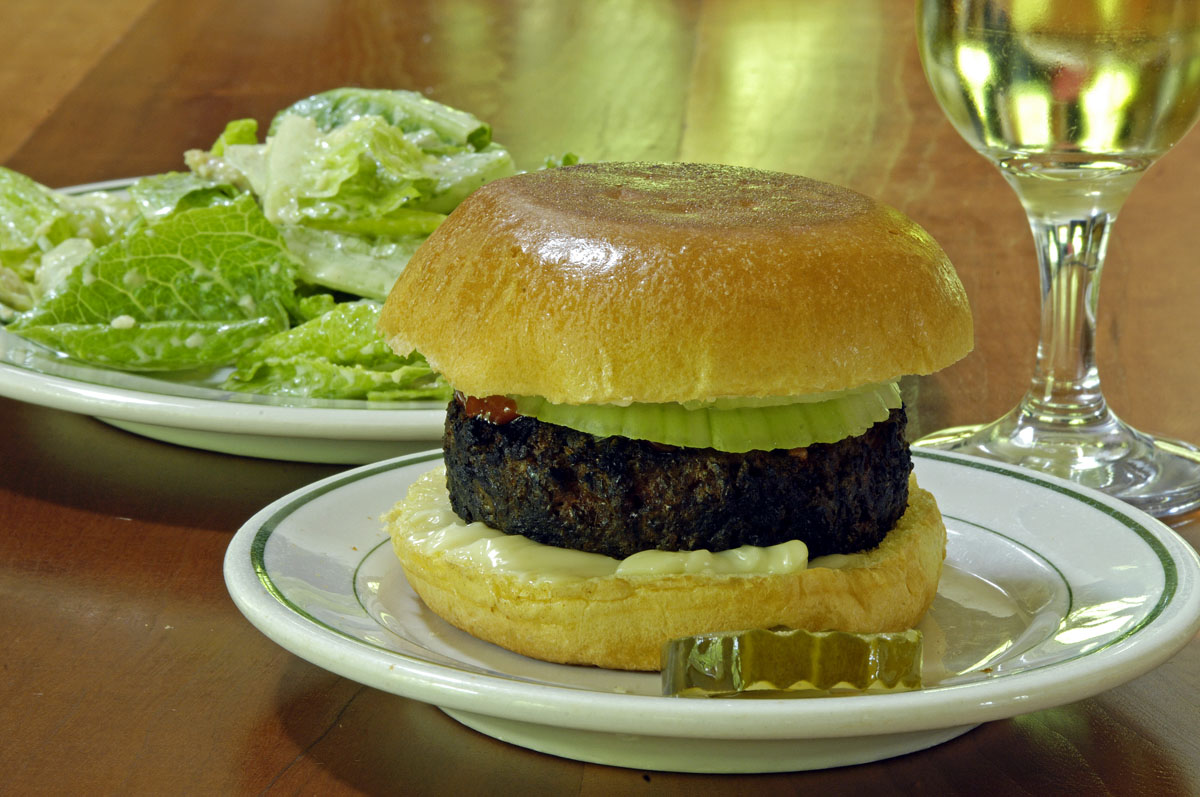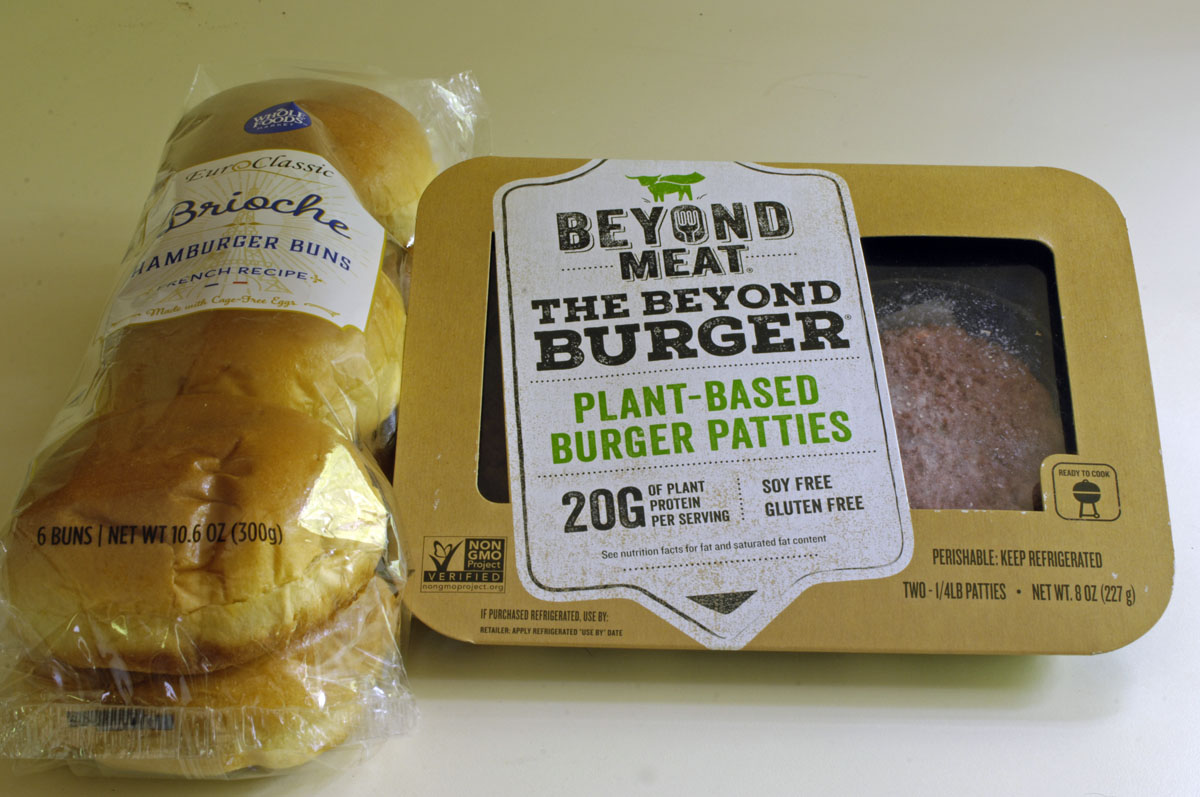
Fried oysters, French fries, and hushpuppies. The hushpuppies are barely visible, underneath the oysters.
If you can’t find any good escape fiction, then how about some escape food instead? Fried oysters should do the trick.
I had to make a miserable trip out yesterday afternoon in 95-degree heat. I could have just gone to a haircut appointment and then scurried back home, but I try to combine errands as much as possible to minimize travel. So I also went to — no kidding — the mall. (The nearest mall is in Winston-Salem. More about Winston-Salem in the update, below.) I needed a travel shirt for my U.K. trip next month, something that wouldn’t have to be ironed that would be suitable for evensong at the cathedral in Oxford, followed by a nice pub dinner somewhere. After that, it was Fresh Market for a few groceries.
It just so happens that Coronet Seafood at Rural Hall opens at 4 p.m., and it just happened to be 4:04 p.m. when I drove past on the way home. I call that serendipity, because I had been thinking about fried oysters for a couple of months, after a friend who used to live in these parts asked me in a text message if fried oysters are still a thing. The answer is yes. I call them fried fish houses. Some are better than others, but, as a rural genre, they thrive.
Are fried oysters a thing everywhere? — at least, everywhere you can get fresh oysters? Certainly, in California we had them. I’ve had them fried at a little oyster house that perches on a pier over Tomales Bay. I’ve bought them fresh from Hog Island Oyster Co., then shucked them and fried them while vacationing at Inverness, on the other side of Tomales Bay.
I was always alert for opportunities to have oysters while in Scotland last year. In Edinburgh, as I recall, the oyster bar we went to had some fried oysters, but they were a delicacy, very expensive, and they were meant more as an accompaniment to an evening of drinking than they were meant for a feast. The excellent little eatery at the Ulva Ferry had oysters, but only raw. Raw oysters are a little much for me.
The fried oysters in the photo above cost $10.95 and included french fries, hush puppies, and slaw. That’s the small platter. There’s also a large oyster platter for $13.95. For getting there early, before 5 p.m., I got an early-bird 10 percent discount.
If you go out for fried fish (or oysters) in these parts, you’ll be reminded how someone like Donald Trump became president and why his approval rating is 44 percent. I was the first to be seated, and as I waited for my oysters to be fried I glanced around as others came in. Everything about them — how they dress, how they move, their homely manners, how they hold their faces, how they talk and what they say — reveals that they are entirely monocultural. The white people don’t even have any awareness of the African-American culture that is all around them. The smallness of their world is suffocating. This is my culture of origin, and yet I feel culture-shocked when I am exposed to it. I can’t help but think that there go I, had I not been born a heretic and a misfit, equipped to think for myself, sassy enough to tell fools what to stick and where to stick it. After years in San Francisco, I sometimes wonder if it was a mistake to come back. And yet, I don’t get out much. Each year, the woods loom a little closer to the house. My real neighbors are the raccoon family that is harassing the chickens and the creatures that come out of the woods to eat the clover. I should travel more, I tell myself. And I have been traveling more.
The truth is, the Trump people don’t possess this place as fully as they think they do. Any place as unspoiled as this county is going to be discovered. The young people leave, but the retired people who move in were employees of the World Bank, or were reporters for the New York Times, or were university professors or airline pilots. Part of my job as a political operative is to find those people, though I also know people who have lived here for their entire life who identify as democratic socialists.
Much of my reading lately has been focused on prehistoric Europe and the origins of our contemporary Western languages. Cultures, of course, come and go. When one culture is displaced by another culture, there are reasons. When a culture with wheels and wagons, horses, bread, butter, ale and cheese came up against the old foraging cultures of western Europe, which culture might you suppose would win? Which languages would spread, and which would die out?
There really is a culture war. White rural culture really is dying, and now they know it. It’s dying because it is worn out, corrupted, insular, ignorant, obsolete in its skills, and unable to adapt. Its politics and its religion grow ever uglier as it panics, pulling it down that much faster. Theirs once was a culture that could spread across America and overwhelm the natives. A few hundred years later, now it’s payback time and their turn to be overwhelmed. We liberals and Democrats are hated because we represent the next wave. It’s been going on for ten thousand years.
There’s an irony here, too. No culture is ever completely forgotten. Some bits of its DNA linger on in folkways whose sources are lost in the remote past. Are there things in white rural culture that deserve to live on? We can only guess. But my guess would be that Appalachian musical styles will be conserved. Some of the cuisine, no doubt, will be conserved. If those bits of DNA do linger on, then the conservation will not get done by monocultural types who were unfit to engage the next wave. It will be done by those who had a foot in at least two cultures, curating and providing a channel for conservation of the old toward the new. Another irony: The coming next wave of culture speaks English. But it’s Spanish or Chinese that scares the rural white people, because they’re too deceived by political propaganda to understand what’s really sweeping over them.
Good-bye, white rural America, though you gave birth to me. And thanks for all the hushpuppies and fish.
Update 1: While I was writing this, I started getting emails from farflung friends saying that the New York Times has discovered Winston-Salem, which is 25 miles from Acorn Abbey. It happens that I have roots in Winston-Salem. I went to high school there, and my first job was at the Winston-Salem Journal, in 1966. Every retiree needs access to shopping and a medical center. I chose Winston-Salem partly for my roots there, but also because I preferred a second-tier city, with slower growth. Winston-Salem also is an old city, by American standards. The Salem half was on the old colonial Wagon Road from Pennysylvania to Georgia. Because Winston-Salem was settled by technically advanced and well-educated Moravians (from Germany, and they were communists, too) before the American revolution, Winston-Salem also has a leg up culturally compared with the cultural vacuum of Southern cities such as Charlotte or Atlanta. For example, I’d imagine that Winston-Salem has as many excellent church organs per capita as any city in Europe.
From the New York Times:
Why Midsize Cities Struggle to Catch Up to Superstar Cities: For decades, smaller metropolitan areas closed the income gap with bigger, richer ones, but no longer. So places like Winston-Salem, N.C., are trying to lay a new foundation for prosperity.
Update 2: Fried oysters in Edinburgh with seaweed and iceberg lettuce, August 2018:
